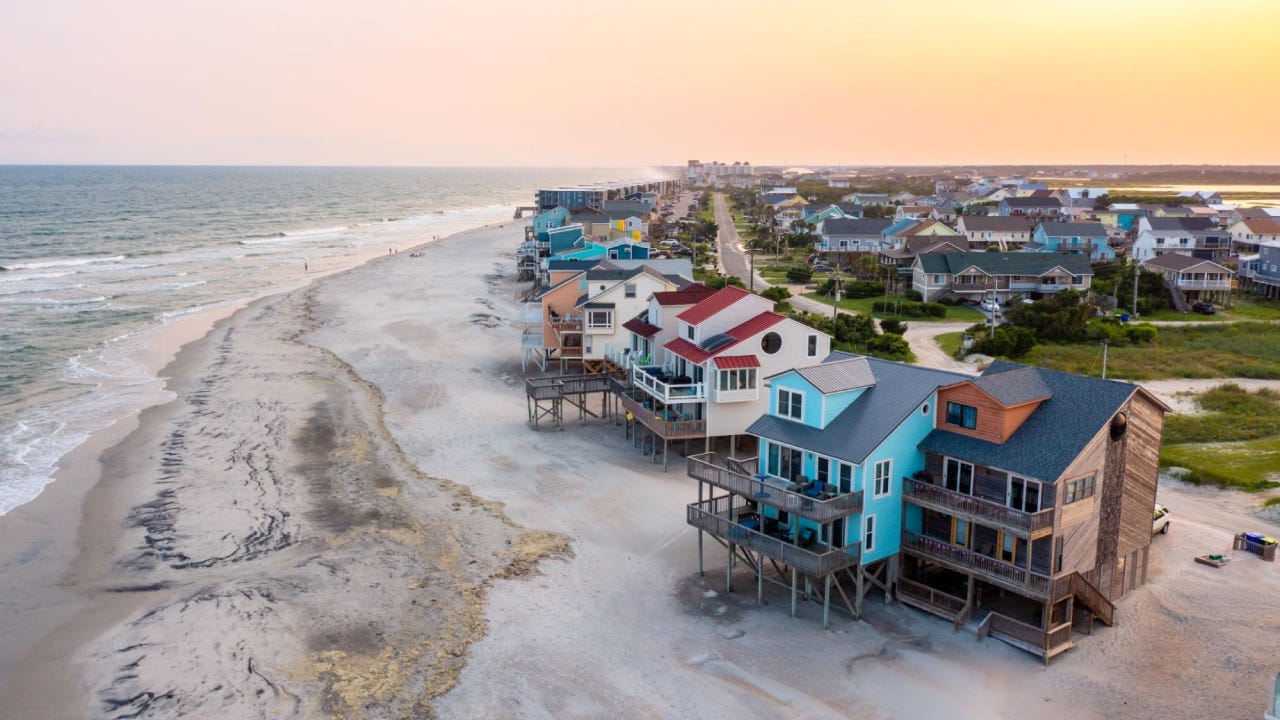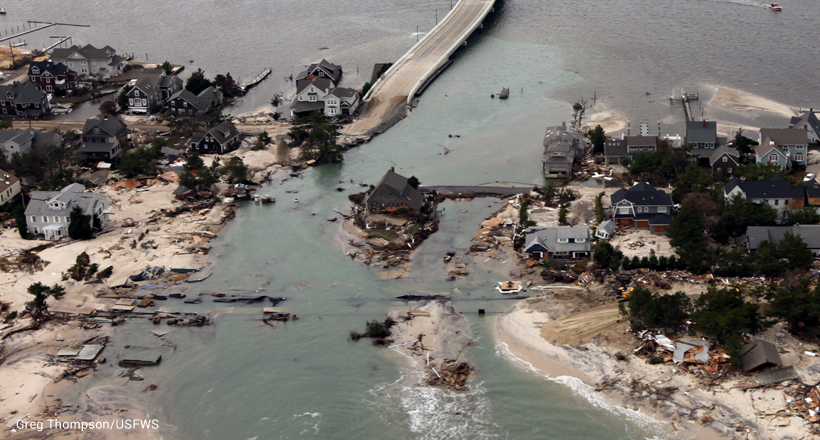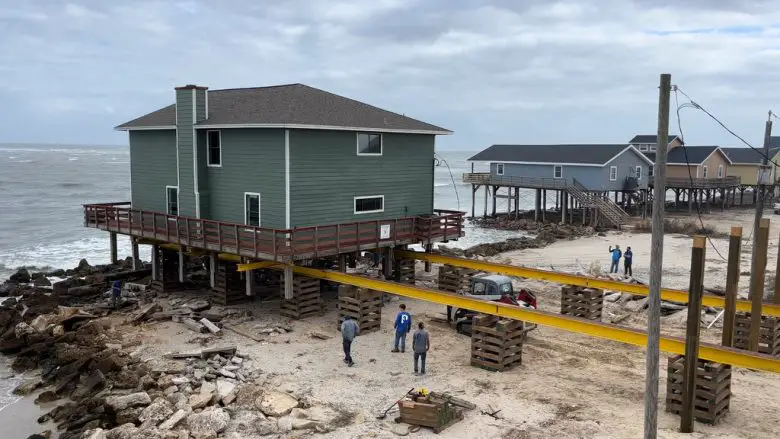You have already benefited from one of life’s greatest pleasures if you are fortunate enough to own real estate close to the lake. However, the benefits of living by the sea come with a reality that you cannot afford to overlook: your house is vulnerable to special threats that standard homeowners insurance just does not cover.
Let me discuss the need of coastal property insurance, its coverage, and how to prevent your beach house from becoming your biggest liability.
The Alluring Danger of Living by the Sea
Living by the water means living on the brink of danger, beauty, and peace. Salt air rusts more quickly. Storms are more intense. Furthermore, increasing tides are now a monthly annoyance or, worse, a threat rather than a beautiful phenomenon.
However, a lot of homeowners believe that they will be protected in the event of a calamity by their regular homeowners insurance. The reality? It won’t.. Few were prepared for the force with which it pounded the New Jersey coastline. In addition to the devastation caused by the storm, thousands of people were left in shock after learning that their insurance policies did not cover flood and storm surge damage.
The lesson? Without specific coverage, living on the seashore is like sailing without a life jacket.
Coastal Property Insurance: What Is It?

Consider coastal property insurance as a customized safety net for those who, geographically speaking, live on the edge. Particularly when it comes to hurricanes, wind damage, and storm-related disaster, which are more frequent in waterfront regions, it covers the gaps left by your regular coverage.
Your risk profile is already higher than that of homeowners who live inland if you own a coastal house in New Jersey. This is recognized by coastal insurance, which provides you with an additional layer of financial security tailored to your specific setting.
However, keep in mind that this kind of insurance frequently does not cover flood damage, so in order to be fully protected, you will also need to combine it with a separate flood insurance policy.
%20(1).webp)
A basic homeowners insurance coverage ought to be installed in every residence. However, insurers evaluate coastal homes differently since they are particularly vulnerable.
why:
Coastal properties are more vulnerable to storm, water, and wind damage.
In beachside locations, the cost of reconstruction or repair is frequently significantly higher.
Climate change is making some regions’ weather patterns more unpredictable.
The forms of damage that are most likely to afflict a coastal home are therefore either excluded from or have their coverage severely limited by the majority of basic plans.
In order to cover storm-specific situations that other plans will not cover, coastal insurance comes into play.
2.Consult a Coastal Expert
Insurance agents are not all made equal. The fine print, risks, and language of coastal properties are different. Look for an agency or agent who specializes in coastal insurance for the Jersey Shore. They will ask the appropriate questions and steer you clear of expensive blind spots.
3.Increase the Coverage Layers
Verify that you are not only purchasing a coastal rider and going home. A lot of homeowners overlook:
Include flood insurance.
Verify coverage for rain caused by wind twice.
Review the storm surge exclusions.
Your policy might not be helpful when you need it most if there is a coverage gap.
4.Examine the Details
Be mindful of what you are signing. Even with insurance, your out-of-pocket expenses could be substantial because some policies include percentage-based deductibles for wind and storm damage. To get a sense of what to expect, ask for samples of actual claims.
The storm that altered everything was Hurricane Sandy.

If we learned anything from Hurricane Sandy, it is that it is risky to presume that “it will not happen to me.” In addition to the severity of the storm, thousands of homeowners in New Jersey were left in ruin because they believed they were protected.
Wind damage was excluded from some policies. Others did not include flood. Many homes also lacked any kind of coastal rider. The outcome? One disastrous weekend wiped out all life savings.
We tell these stories to keep you from becoming one, not to frighten you.
There is a change in the climate. Your coverage should follow suit.
The dangers of coastal living are only getting worse as sea levels rise and weather patterns become more unpredictable. The storms are intensifying. The cost of insurance is increasing. Additionally, there is less room for error.
Although owning real estate along the seaside is still a fantasy, it now requires pragmatism, attention to detail, and proactive security.
Conclusion: Being prepared is the first step toward mental calm.
You are already aware of the importance of beauty—and the cost of risk—if you have made an investment in coastal real estate. How can you effectively safeguard your investment? Avoid waiting for the clouds to roll in.
While the sun is still shining, get your coastal property insurance right away. You will be happy that you did when the next major storm strikes.
We at Anderson Insurance Agency are aware of the complexities of New Jersey coastal home insurance. We will guide you through the policies, assist you in adding the appropriate safeguards, and ensure that your house remains yours.



